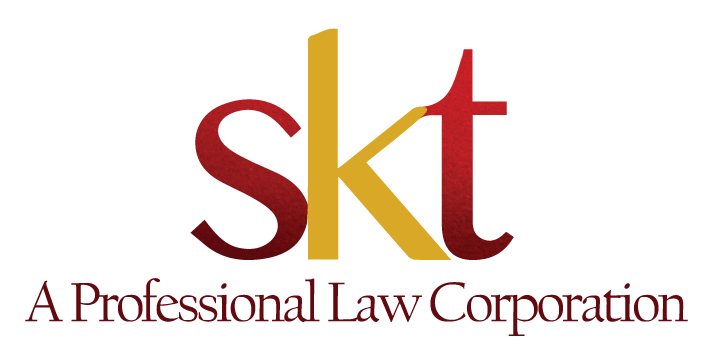An F-1 student visa allows a student to study full-time in the United States (“U.S.”) at an accredited school. The F-1 student visa is a non-immigrant visa, which means that the student cannot have the intent to reside permanently in the U.S. The basic criteria for obtaining an F-1 student visa are as follows:
- The student must be enrolled at an accredited college, university, seminary, conservatory, high school, or language training program. The program must result in a degree, diploma, or certificate.
- The school must be authorized by the U.S. government to accept international students.
- You must be a full-time student.
- You must be proficient in English or receive training to become proficient in English.
- You must have sufficient financial support to support yourself as a student.
- You must maintain a foreign resident abroad with no intention of abandoning it.
Students are generally admitted for a maximum of 30 days before the program start date. Upon admission to the United States, students are admitted for “duration of status,” which means they are admitted until completion of the program plus an additional 60 days. The additional 60 days can be used to prepare for departing the U.S., transferring to another school, or changing education levels.
As an F-1 student, employment is not allowed during the first academic year except for on-campus employment. On-campus employment includes work performed on school premises or at an off-campus location which is educationally affiliated with the school. When school is in session, the F-1 student may only work up to 20 hours a week. When school is not in session, F-1 students may work full-time.
After the first academic year, the F-1 student may obtain off-campus employment under certain circumstances, including severe economic hardship caused by unforeseen circumstances. Additionally, the employment must be related to a course of study, for the purpose of practical training, and cannot be for English training.
Most F-1 students engage in post-completion Optional Practical Training (“OPT”), which is limited to 12 months and must be completed within 14 months of graduation. F-1 students who have a degree in a STEM field (science, technology, engineering, and mathematics) may engage in 24 months of OPT.
Want to apply?
Understanding F-1 student visa and employment eligibility can be lengthy and frustrating without the help of experienced attorneys and staff. Our seasoned team can assist and guide you through the F-1 student visa process.
